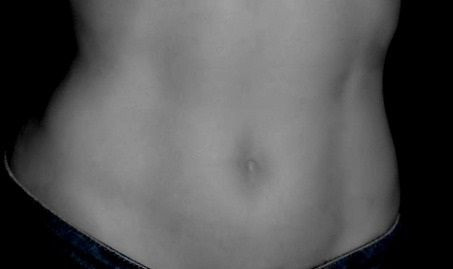When Should You Cut The Baby’s Umbilical Cord After Birth? New Report

Cutting the cord is a tradition for parents right after they deliver their baby, but holding off a little may be better for the infant.
According to an Associated Press report, waiting a minute could give the baby an extra rush of oxygen-rich blood, so new recommendations for obstetricians in the U.S. call for waiting at least 30 seconds to a minute before cutting the cord when it comes to healthy births. Decades ago people would wait at least a few minutes before cutting but the new guidelines are “double what often happens now,” the AP notes. “It's common in the U.S. for doctors to cut the cord almost immediately, within 15 to 20 seconds of birth, unless the baby is premature.”
Read: What to Do After a Miscarriage
The short time difference could mean a lot, because “much of the placental blood transfers in that first minute — and there's increasing evidence that it has some health benefits.”
The umbilical cord connects a fetus to the placenta, and thus its mother, before it is born, supplying the baby’s blood with oxygen and nutrients, according to the U.K.’s National Health Service. It is also a channel for antibodies that will protect the baby after birth and sends waste in the other direction, from the baby and up into the placenta.
Among the benefits of the umbilical cord after the birth, Dr. Tonse Raju of the National Institute of Child Health and Human Development told the AP, the oxygenated blood flowing through it will supplement the baby’s first breaths. It also reduces the risk of anemia, bleeding in the brain and iron deficiency. “One study showed waiting 3 minutes to cut the cord led to slightly better early brain development.”
The new obstetric guidelines are more consistent with what other medical organizations have recommended. The World Health Organization, for example, recommends waiting at least a minute to clamp and cut the cord to prevent an iron deficiency.
See also:



























